Top Things to Know Before Buying a Home Herb Garden
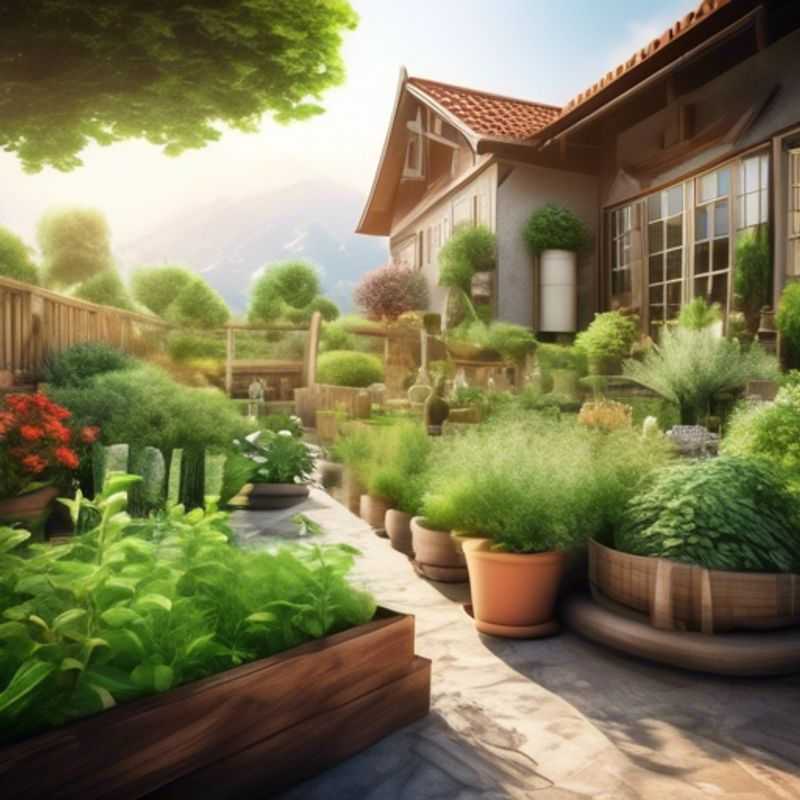
Top Things to Know Before Buying a Home Herb Garden: A Guide for the Green Thumb
Bringing the bounty of your own herb garden to your kitchen table is a rewarding experience, but before you jump into planting, there are a few key considerations to ensure success.
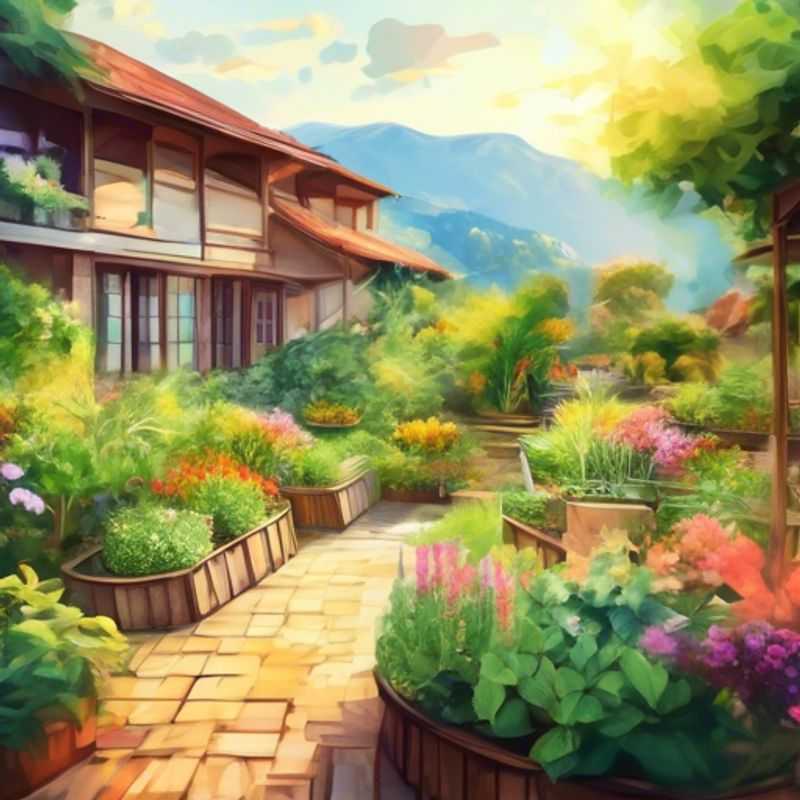
Mastering Your Space: A Guide to Measuring and Laying Out Your Available Area
Determining the size and layout of your available space is crucial for effective planning, whether for home improvement, office design, or event organization. Start by measuring the dimensions of your space accurately using tools like a tape measure or laser distance measurer. Record the length, width, and height to create a comprehensive overview. Next, consider the layout by sketching a floor plan that includes doors, windows, and fixed installations like electrical outlets and plumbing.
When estimating your plan, factor in paid activities such as hiring professionals for design consultations or using software for 3D modeling. Additionally, consider costs for materials if you plan to alter the layout, as well as potential fees for permits if structural changes are involved. It’s also wise to account for furniture and equipment that will occupy the space, ensuring they fit within the dimensions you've measured.
Lastly, remember to evaluate the flow and functionality of the space, considering how individuals will move through it. This will help you maximize efficiency and comfort in your design. For further details, researching online can provide a wealth of additional insights and resources.
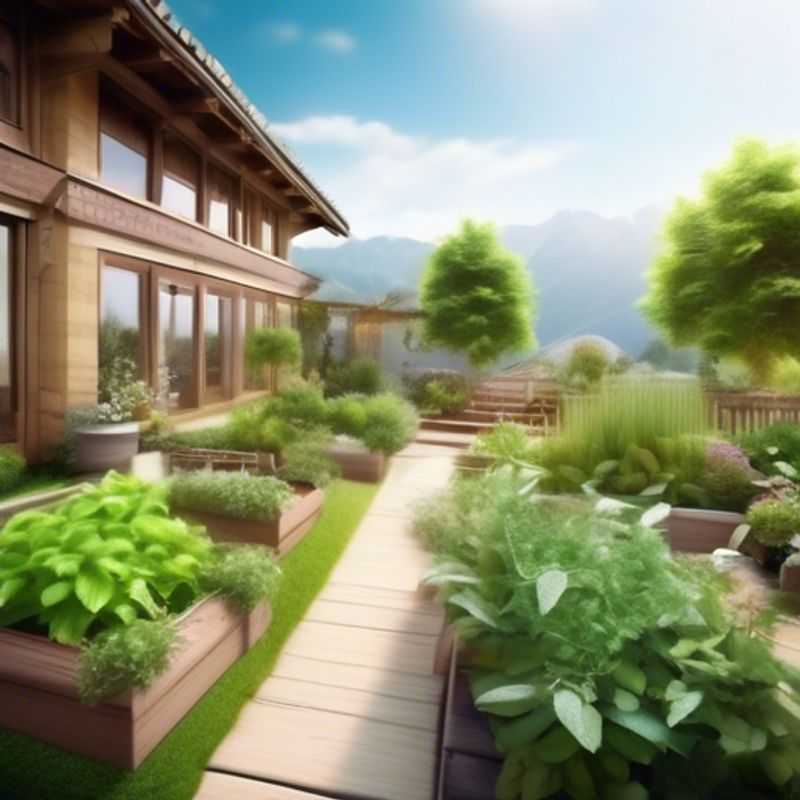
Grow Your Green Thumb: Choosing Herbs for Your Climate
Researching the specific herbs that thrive in your climate is the first step towards a successful herb garden. Understanding your region's growing conditions is crucial. Consider the following factors:
Sunlight: Herbs have varying light requirements. Some thrive in full sun, while others prefer partial shade. Knowing the amount of sunlight your garden receives is essential.
Temperature: Different herbs have different temperature tolerances. Certain herbs are cold-hardy, while others prefer warm climates. Matching your herb choices to your climate's temperature extremes is crucial.
Soil: Herbs have varied soil preferences. Some thrive in well-drained soil, while others prefer rich, fertile soil. Conducting a soil test can provide valuable insights into your soil's composition and pH, helping you select the right herbs.
Rainfall: Some herbs tolerate drought conditions, while others need regular watering. Understanding your region's rainfall patterns is essential for selecting the right herbs.
Local Resources: Utilize your local resources to gather information. Contact your local garden center, extension office, or master gardeners for expert advice and guidance tailored to your specific region.
By carefully considering these factors, you can identify the herbs best suited to your climate. This knowledge will set you on the path to a thriving and bountiful herb garden.
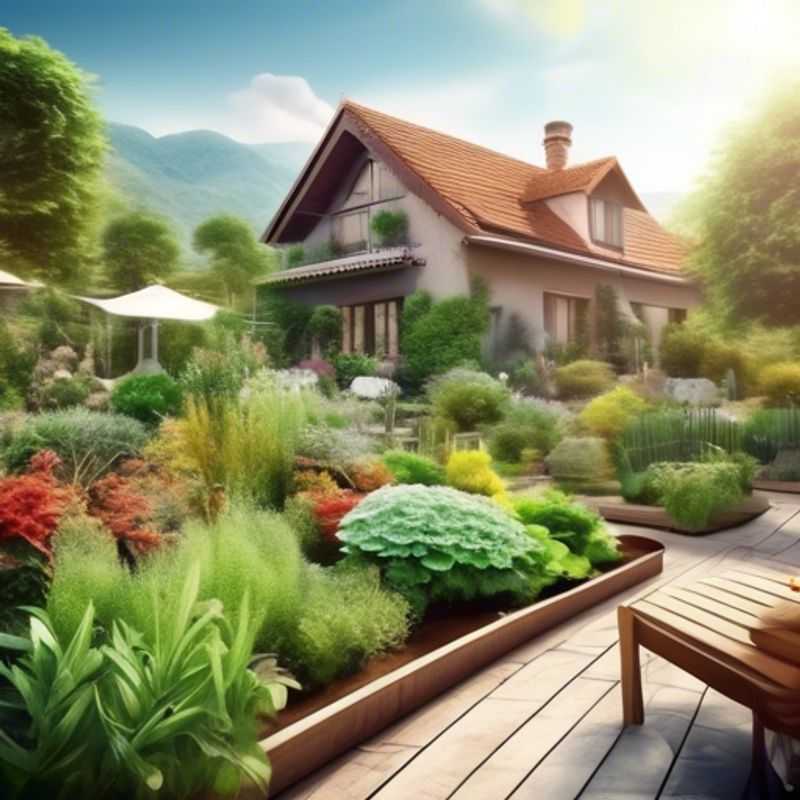
Sunlight Exposure: A Crucial Factor in Choosing the Right Location
Sunlight is essential for plants to grow and thrive. It provides the energy they need to produce food through photosynthesis. When choosing a location for your plants, you need to consider the amount of sunlight it receives.
Most plants need 6-8 hours of sunlight per day to grow well. However, the amount of sunlight needed can vary depending on the type of plant. Some plants, like succulents, can tolerate full sun, while others, like ferns, prefer shade.
The best way to determine the amount of sunlight a location receives is to observe it throughout the day. Note the times when the sun is directly hitting the area and the times when it is shaded. You can also use a sunlight calculator to estimate the amount of sunlight a location receives.
Once you know the amount of sunlight a location receives, you can choose the right plants for that location. By carefully considering the amount of sunlight your plants need, you can help them thrive and produce beautiful flowers and fruits.
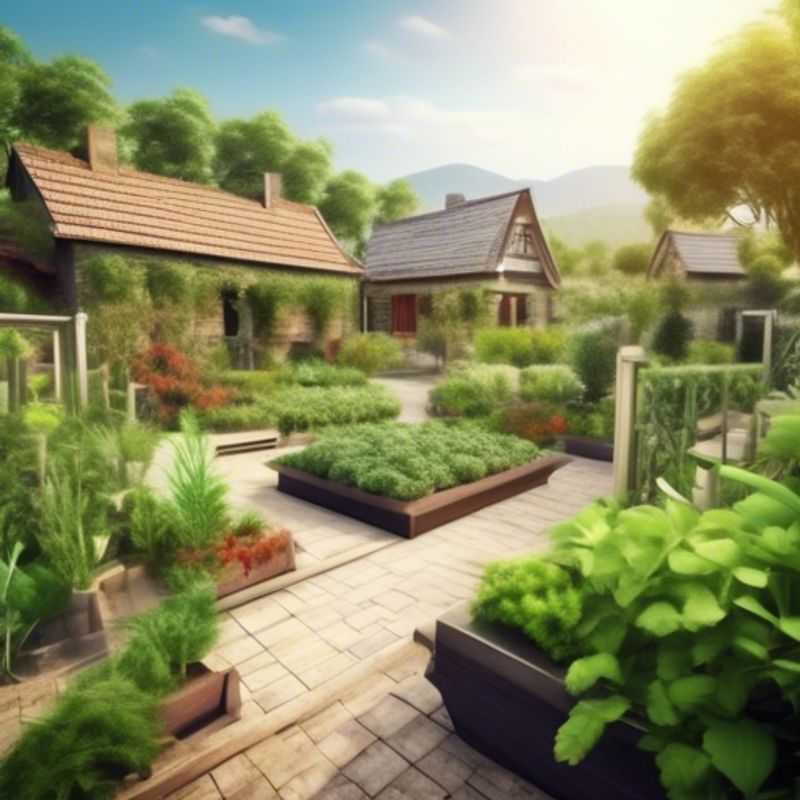
Seeds, Seedlings, or Established Plants: Choosing the Right Start for Your Garden
Choosing between seeds, seedlings, or established plants is a key decision in gardening. Each option has its own advantages and disadvantages, and the best choice for you will depend on your specific needs and goals. Here's a quick rundown:
Seeds: offer the most affordable and widest variety of options. They can take time to germinate and grow, but you have complete control over the plant's environment from the beginning. They are the best choice if you are looking for a large number of plants or if you want to experiment with different varieties. You'll likely need to spend time starting seeds indoors, which can add to your overall workload.
Seedlings: provide a head start on growth and are a good choice for gardeners who want to enjoy flowers or vegetables more quickly. Seedlings are available in a variety of sizes and stages of growth, so you can choose plants that are appropriate for your climate and growing conditions. You'll pay more for them, but you'll skip the hassle of starting seeds yourself.
Established plants: are the quickest way to add color and texture to your garden. They are usually more expensive than seedlings, but they are also the easiest to care for. You'll need to be sure to carefully transport them and acclimate them to your garden conditions.
Here are some additional factors to consider:
Your gardening experience: If you are a beginner gardener, it may be easier to start with seedlings or established plants.
Your budget: Seeds are the most affordable option, followed by seedlings, and then established plants. Be sure to consider the overall cost of care, especially for established plants, which may require more water and nutrients.
Your time commitment: Seeds require the most time and attention, but seedlings are a good balance of affordability and speed. Established plants are the most time-efficient but often the most expensive.
No matter which option you choose, be sure to research the best way to care for your plants. With a little planning, you can successfully grow a beautiful and bountiful garden.
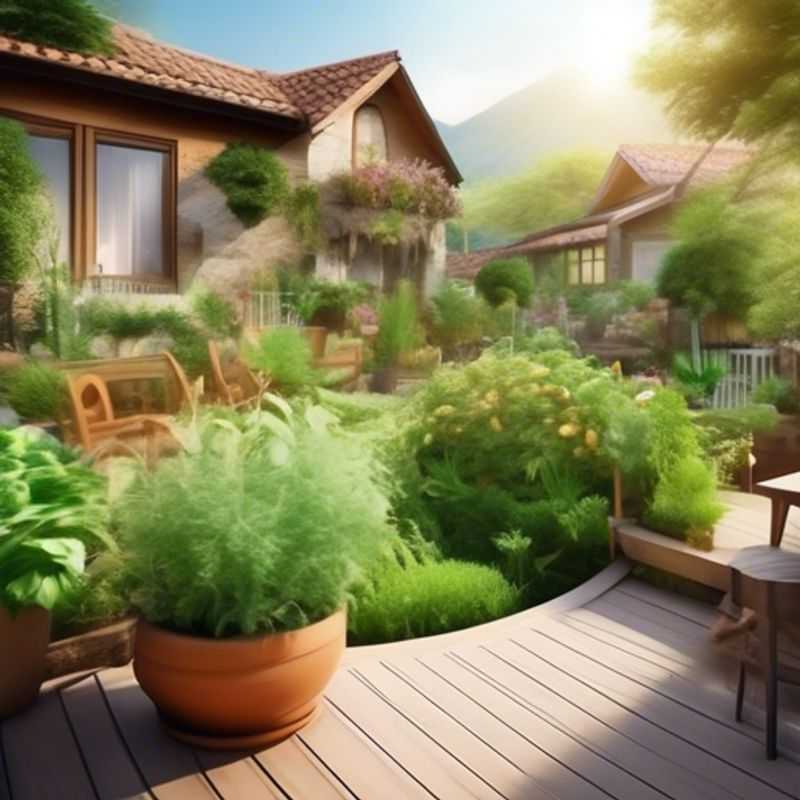
Nurturing Your Herb Garden: Soil Preparation and Drainage
A flourishing herb garden starts with well-prepared soil. You want a soil that's rich and well-drained to ensure your herbs thrive. This means a blend of organic matter, like compost, to nourish your plants. You also need the soil to drain well, so water doesn't sit and potentially damage your herbs' roots.
Here's the crucial tip: Test your soil! This will give you the most accurate understanding of what your soil needs. You can purchase soil testing kits, or some local nurseries or extension services offer this service.
You can improve your soil's drainage by amending it. This might involve adding materials like sand or gravel. It's worth the investment! You'll save yourself from headaches and potential herb losses in the long run.
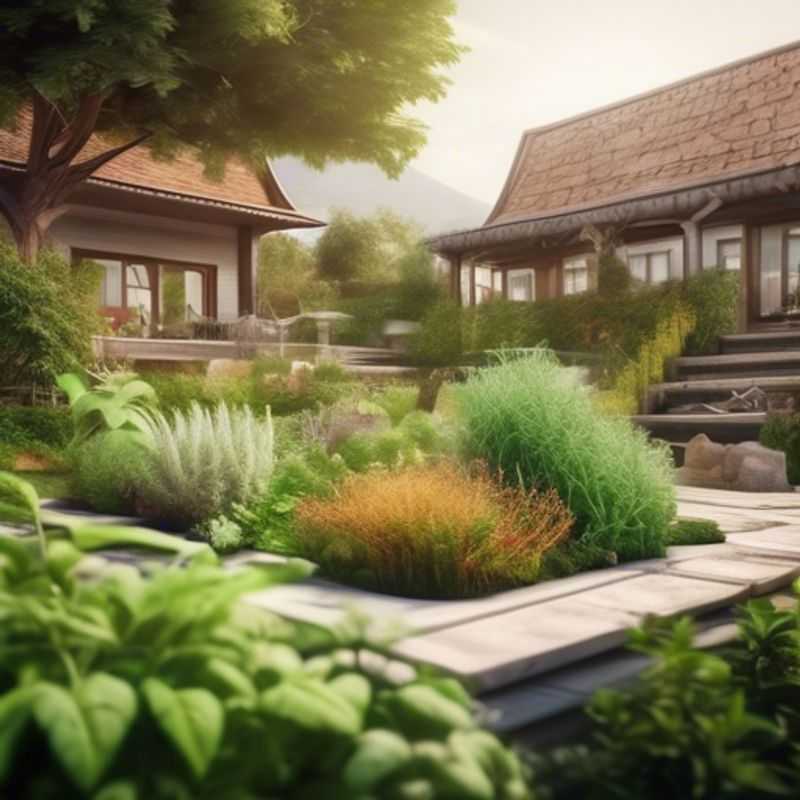
Watering Wisdom: Crafting a Schedule for Consistent Plant Hydration
Maintaining consistent moisture levels for your plants is crucial for their health and growth. A well-designed watering schedule tailored to your specific plants and environment is essential. Here's a quick guide to help you create one:
1. Understand your plants' needs: Different plants have varying water requirements. Some, like succulents, prefer drier conditions, while others, such as ferns, thrive in consistently moist soil. Research your plants' specific needs and water them accordingly.
2. Assess your environment: Factors like temperature, humidity, sunlight exposure, and soil type all influence how quickly soil dries. Hot and sunny environments require more frequent watering compared to cooler and shadier ones.
3. Use the "finger test": Stick your finger about an inch into the soil. If it feels dry, it's time to water. If it's still moist, wait a little longer.
4. Water deeply and infrequently: It's better to water deeply and less often than to water lightly and frequently. Deep watering encourages roots to grow deeper, making your plants more resilient to drought.
5. Adjust your schedule: As the seasons change, so do your plants' water needs. Be prepared to adjust your watering schedule accordingly.
6. Consider using moisture meters: If you're still unsure, consider investing in a moisture meter. These devices measure soil moisture levels and provide you with accurate readings.
Remember, there is no one-size-fits-all watering schedule. The best approach is to observe your plants closely and adjust your watering routine based on their individual needs and your environmental conditions.
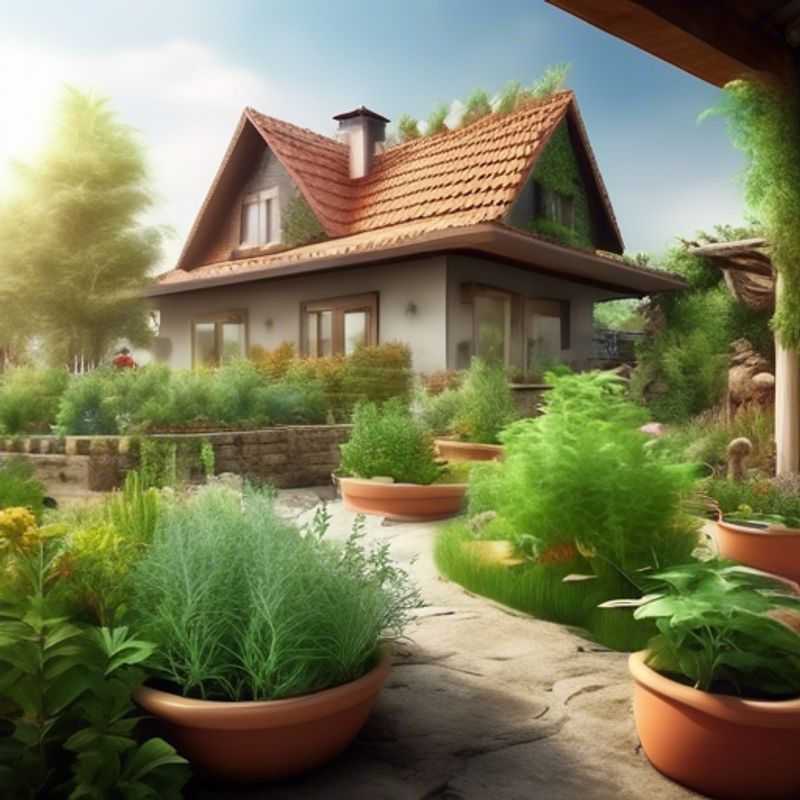
From Garden to Kitchen: Mastering Herb Harvesting and Storage
Harvesting herbs at the right time is crucial for maximizing their flavor and potency. Generally, harvest herbs in the morning after the dew has dried, as this is when essential oils are most concentrated. Cut herbs just before they start to flower, as this is when their flavor is strongest.
To ensure long-lasting freshness, proper storage is key. For fresh herbs, storing them in a cool, dark, and well-ventilated place is optimal. You can also store herbs in a glass of water, similar to how you would store cut flowers. To prevent wilting, wrap herbs in damp paper towels before storing them in a plastic bag in the refrigerator. Freezing is another effective method, especially for larger quantities of herbs. Simply wash, dry, and chop the herbs before storing them in freezer-safe bags or containers.
For drying herbs, air drying is the most traditional method. Bundle herbs together with string or rubber bands and hang them in a dark, well-ventilated area, away from direct sunlight. Alternatively, you can use a food dehydrator to speed up the drying process. Dried herbs can be stored in airtight containers in a cool, dark, and dry place for up to a year. Remember to label your containers with the herb name and date of harvest.
While there are no specific costs associated with harvesting and storing herbs, it's worth noting that investing in a food dehydrator can significantly speed up the drying process. A good-quality food dehydrator can cost anywhere from $50 to $200, depending on its size and features.
